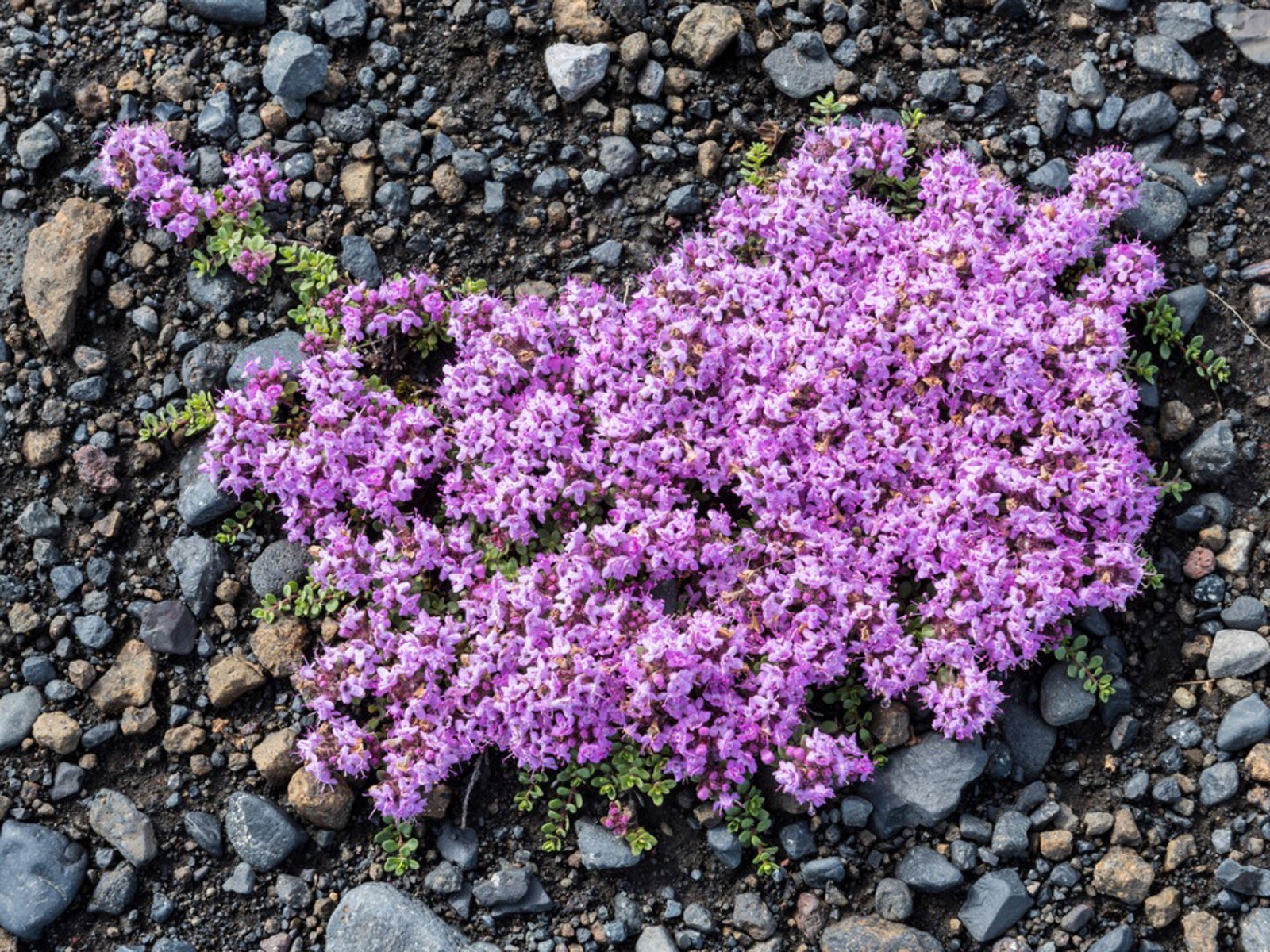

Irish Moss (sagina subulata) is a moss-like plant with bright green foliage and tiny white blooms. Several other plants tolerate occasional foot traffic. Another variety, ‘ Doone Valley,’ has leaves variegated in green and gold. Use this variety in alpine troughs and small containers. Thymus serpyllum ‘Albus’ has dark green, shiny leaves, and white flowers hence the name white creeping thyme. Thymus serpyllum ‘Elfin’ is a dwarf variety with tiny flowers and tiny leaves. Thymus serpyllum ‘Coccineus’ has dark green foliage that turns bronze in fall. Thymus serpyllum ‘Albus has shiny, dark-green leaves with white flowers. It performs well with aggressive foliage but seems to have fewer flowers. Creeping Thyme Varieties Most Usedįor attractive dusty-gray foliage, try Wooly Thyme (thymus pseudolanuginosus). Indeed, the pollen from the blooming thyme will impart flavor to the honey produced. Harvest creeping thyme in the morning to preserve the plant’s essential oils.Īnother creeping thyme fact is that, despite its alluring aroma, creeping thyme ground cover is deer immune, making it an ideal landscape candidate in deer-infested areas.įurthermore, creeping thyme can endure stomping by rambunctious children (making it kid resistant! ), making it an excellent choice for planting in areas with high foot traffic.įlowering creeping thyme is beautiful to bees and makes an excellent addition to a honeybee-focused garden. Harvest creeping thyme ground cover by separating the leaves from the stems or drying them by cutting from the plant and hanging them inverted in a dark, well-aerated area. As with other thyme species, creeping thyme is edible and has a mint-like flavor and aroma when smashed or steeped for teas or tinctures. serpyllum is another type of creeping thyme. in height - forms low, dense mats that spread randomly and quickly fill areas as a ground cover. This evergreen creeping thyme varietal - rarely exceeding 3 inches or 7.5 cm. Thymus praecox is a low-growing perennial thrives in USDA hardiness zones 4–9. After several years the center of plants will become woody and start to die back.Creeping Thyme, also called Mother of Thyme, is the ideal plant for growing small crevices, borders, lawn substitutes, and between nooks and crannies. Creeping Thyme will grow between 2-3 inches high and each established plant can spread to approximately 1 foot wide.
#Creeping thyme ground cover varieties how to#
How to Care for Creeping ThymeĬreeping Thyme will not thrive in excessively clay or sandy soils. A light dose of delayed release fertilizer can be useful if you are planting in poorer soil, but good soil preparation (mixing in a 2-3 inch layer of manure, compost or other organic material prior to planting) should negate the need for fertilizer. A light mulching may be helpful to retain moisture in warmer and drier climates, but if seeds are planted in between pavers or in shadier areas mulching is usually not necessary. Once seeds are germinating well, water to a depth of 6 inches when the top few inches of soil dries out. Good seed to soil contact is necessary for ideal germination rates. When planting, seeds should not be covered with soil, but rather pressed into the soil. Average germination time should be approximately 21-28 days and seeds should be kept consistently moist until germination is strong. Fall plantings should be avoided to protect against freeze damage. Division of established plantings can be done in March and April. Learn more about germination light requirements here.ĭirect Sow seeds outdoors when temperatures are consistently in the high 60s or above. How to Plant Creeping Thyme SeedsĬreeping Thyme seeds require light to germinate, so be careful not to cover them when planting.
#Creeping thyme ground cover varieties full#
Creeping thyme is a slow grower and will take more than one season to reach its full potential. Where to Plant Creeping Thyme SeedsĬreeping Thyme prefers well drained soil with a neutral pH (between 6.5 and 7.5) in an area where it receives good sun, but can also tolerate partial shade. Seeds can also be started indoors 8-10 weeks before your average last frost date. Direct sow seeds outdoors in late spring when temperatures are consistently in the high 60's or above.

When to Plant Creeping Thyme SeedsĬreeping Thyme is a perennial herb which will over-winter well in zones 4-9. Creeping Thyme is not generally susceptible to disease or insects but can provide a barrier for veggies and ornamental plantings.
:max_bytes(150000):strip_icc()/catmint---catnip--nepeta-racemosa--walker-s-low----ii-157478052-5c241f4746e0fb0001bcea0e.jpg)
Used often as borders on flower beds and in between pavers on walkways, this is a groundcover that can handle moderate foot traffic. Creeping Thyme is a popular and adaptive dwarf ground cover that is popular for landscape designs.


 0 kommentar(er)
0 kommentar(er)
